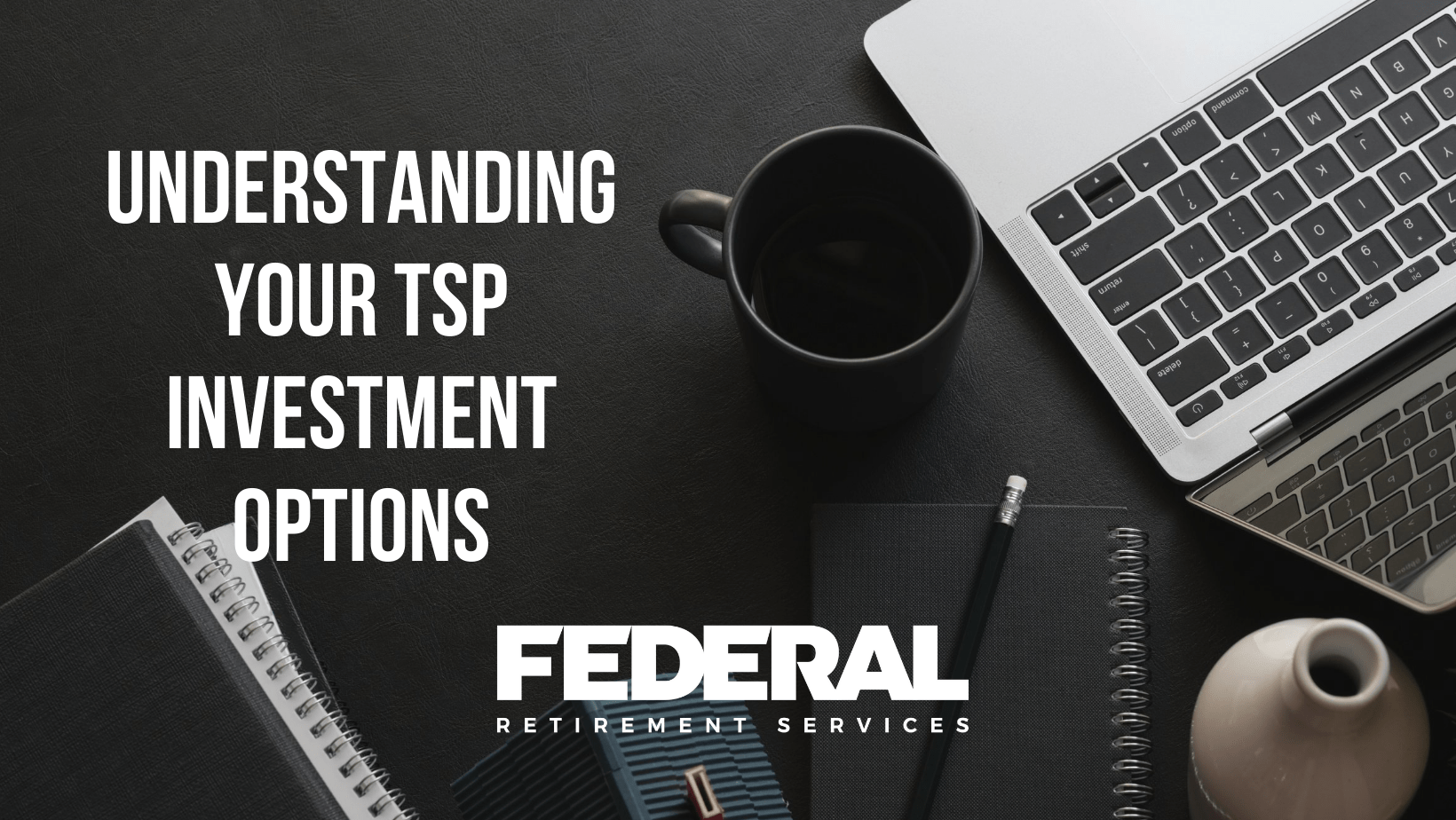
Understanding your TSP Investment Options
Federal employees enjoy some of the best benefits packages around. In addition to a robust pension plan and health insurance to name a few, you also have the option to invest in a Thrift Savings Plan (TSP) to help fund your retirement.
Whether you’re a new employee or have been working government jobs for years, it’s always a good idea to review your TSP contributions and allocations to make sure you’re investing your money in the ways that will work best for you. Here’s what you need to know.
TSP Basics
When you begin your first eligible job at a government agency, you are automatically enrolled in the TSP plan, and 5% of your salary is pulled out of your paycheck to fund the account. This is the minimum amount you can contribute to remain eligible for matching funds from your agency. That’s free money, and it can make a real difference over time, so it’s a good idea to maintain this minimum contribution to take advantage. You can also increase your contributions at any time if you’d like to save even more.
Your TSP account functions like a 401(k) in the private sector and is subject to many of the same rules. For example:
- Unlike a standard brokerage account, the TSP is a tax-advantaged account that lets your money grow tax-deferred or tax-free if the Roth TSP is selected.
- There’s an annual maximum contribution limit of $20,500.
- If you’re age 50 or older, you can contribute an additional $6,500 each year as a “catch-up” contribution.
- TSP funds can be designated as Traditional or Roth contributions.
- You can begin to take distributions from your TSP account at age 59½ without penalty.
- You must begin taking required minimum distributions by age 72.
TSP Investment Options
One way in which the TSP differs from a 401(k) or IRA is the way in which you can invest your money. Instead of having unlimited mutual funds and investment vehicles to choose from, this government-sponsored plan has just five individual funds to choose from and several L Funds.
C Fund
The C Fund is the Common Stock Index Investment Fund, which is an index fund designed to match the performance of the S&P 500. This means that when the 500 companies in the S&P 500 do well, your investment gains money. You may also lose money if this index drops in value. Investing in the stock market always comes with some risk, though this fund’s focus on well-established U.S. companies mitigates that risk somewhat. The C Fund is considered a medium risk investment.
S Fund
The S Fund is the Small Cap Stock Index Investment Fund, which tracks the performance of the Dow Jones Industrial Average. This fund covers a broader range of domestic stocks, so while the fund is well-diversified, it also comes with greater risk. The S Fund is considered a medium-high risk investment.
I Fund
The I Fund the International Stock Index Investment Fund, which consists of stocks from Europe, Australasia, and the Far East. Investing in international stocks adds plenty of diversity to your portfolio, but also greater volatility. The I Fund is considered a high risk investment.
F Fund
The F Fund is the Fixed Income Index Investment Fund, which is a bond fund. Because bonds are generally backed by government entities, they are much safer investments. You won’t generally lose money in bonds, though the rate of return is often lower than the rate of return in the stock market. The F Fund is considered a low-medium risk investment.
G Fund
The G Fund is the Government Securities Investment Fund, which invests in short-term U.S. Treasury securities. Because these bonds are backed by the U.S. government, they are a very safe investment. When interest rates are low, the rate of return isn’t great, but it’s very reliable. The G Fund is considered a low risk investment.
L Funds
The L Funds are Lifecycle Funds that are designed to take the guesswork out of investing. These funds automatically divide your contributions among the five funds listed above, allocating your investment in a way that makes sense for your age. You simply choose the fund with the year closest to your target retirement rate, and the fund manager adjusts your allocations so that the fund becomes less risky as you age.
Choosing Your Allocations
Employees are automatically enrolled in an L Funds to begin, and it’s an easy way to manage your investments — you don’t have to worry about changing your allocations, as this is done automatically over the years.
However, if you would like to exercise more control over your investments, you can choose to divide your contributions among the other funds listed above. Because stock investments generally have a far greater rate of return than bonds, you’ll want to have at least some of your money in the stock market to allow your wealth to grow. But finding the right balance is key: if all your eggs are in one basket and the stock market crashes, your retirement could be at risk.
In general, younger people invest more heavily in stocks because they have many years to ride out the risk. Over time, the balance between stocks and bonds should be adjusted to rescue risk as you get closer to retirement age.
Of course, some people have very low tolerance for risk, while others can stomach the ups and downs of the market just fine. Consider taking a risk tolerance assessment to get a sense of your comfort zone when it comes to investing.
If you’d like to learn more about the best allocation of your funds to meet your personal goals, we’re here to help! Contact us today to walk through your TSP investing options and develop a wealth management plan that’s right for you.




